Rising Demand in Automotive Sector
The Global Aramid Fiber Market Industry experiences a notable surge in demand from the automotive sector, driven by the need for lightweight and high-strength materials. Aramid fibers, known for their exceptional tensile strength and heat resistance, are increasingly utilized in manufacturing components such as brake pads, tires, and body panels. This trend is particularly relevant as automotive manufacturers aim to enhance fuel efficiency and reduce emissions. The industry's projected growth from 3500 USD Million in 2024 to 6500 USD Million by 2035 indicates a robust expansion, with a compound annual growth rate of 5.79% anticipated from 2025 to 2035.
Increased Focus on Safety and Protection
The Global Aramid Fiber Market Industry is significantly influenced by the heightened emphasis on safety and protective gear across various sectors. Aramid fibers are integral to the production of personal protective equipment, including bulletproof vests, helmets, and fire-resistant clothing. As industries such as law enforcement, military, and firefighting prioritize worker safety, the demand for aramid-based products is expected to rise. This focus on safety not only enhances the market's growth prospects but also aligns with global initiatives aimed at improving occupational health standards. Consequently, the industry's expansion is likely to reflect these evolving safety requirements.
Growing Applications in Aerospace Industry
The aerospace sector represents a burgeoning opportunity for the Global Aramid Fiber Market Industry, as aramid fibers are increasingly utilized in aircraft components and structures. Their lightweight and high-strength properties make them ideal for applications such as fuselage and wing structures, where reducing weight is critical for fuel efficiency. The ongoing expansion of the aerospace industry, coupled with the rising demand for advanced composite materials, suggests a favorable environment for aramid fiber adoption. As the industry continues to innovate, the integration of aramid fibers into aerospace applications is likely to enhance performance and sustainability.
Technological Advancements in Fiber Production
Technological innovations in the production of aramid fibers are poised to drive the Global Aramid Fiber Market Industry forward. Advances in manufacturing processes, such as the development of more efficient spinning techniques and enhanced polymerization methods, contribute to improved fiber quality and reduced production costs. These advancements enable manufacturers to produce aramid fibers that meet the increasing demands of various applications, from aerospace to electronics. As the industry embraces these technologies, the potential for market growth becomes evident, with projections indicating a significant increase in production capacity and product diversity in the coming years.
Environmental Regulations and Sustainability Initiatives
The Global Aramid Fiber Market Industry is also shaped by stringent environmental regulations and a growing commitment to sustainability. As governments worldwide implement policies aimed at reducing carbon footprints and promoting eco-friendly materials, aramid fibers, which are often derived from renewable resources, gain traction. This shift towards sustainable practices encourages manufacturers to explore aramid fibers as viable alternatives to traditional materials. The industry's alignment with sustainability initiatives not only enhances its market appeal but also positions it favorably in the context of global environmental goals.
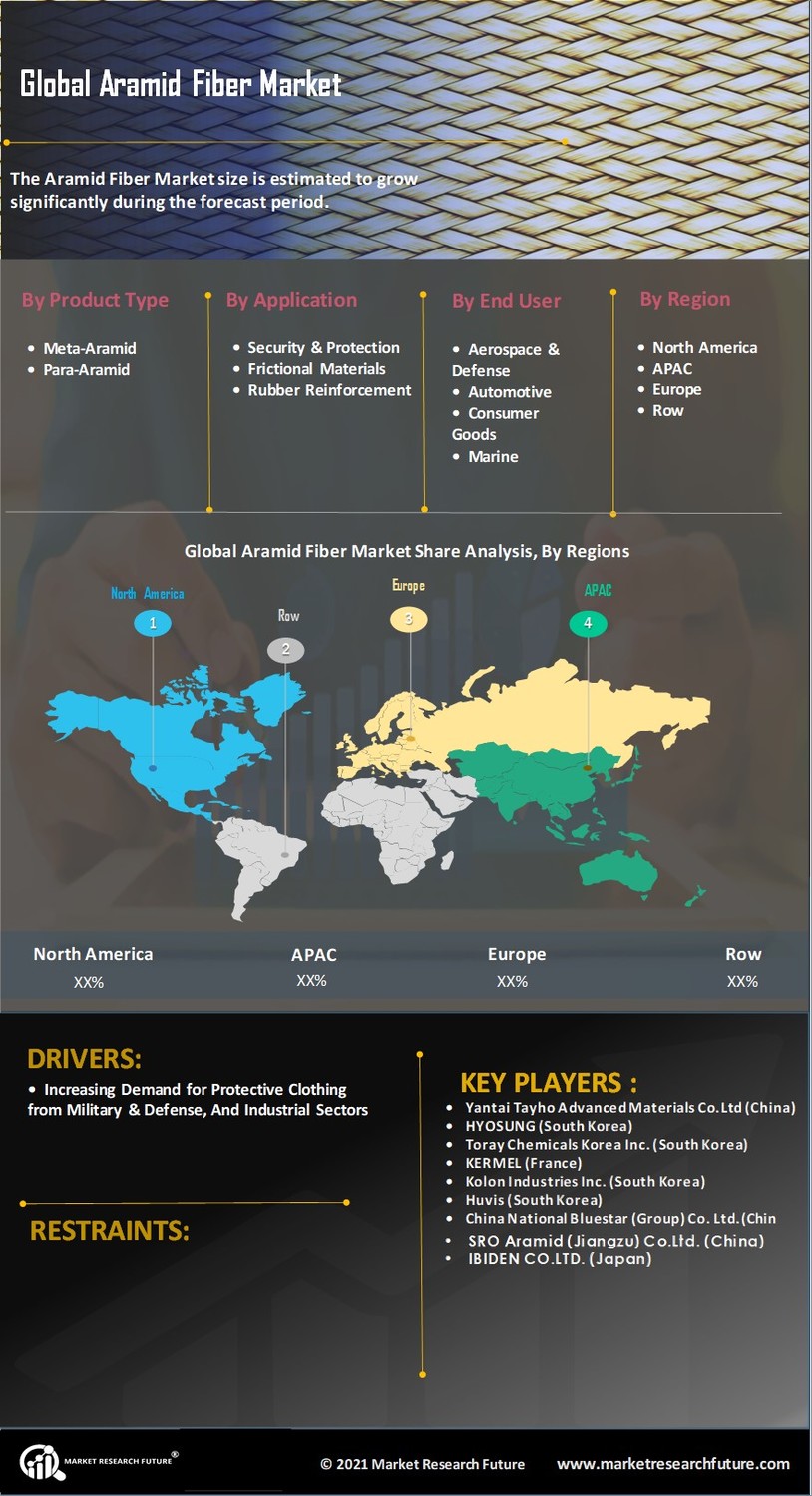

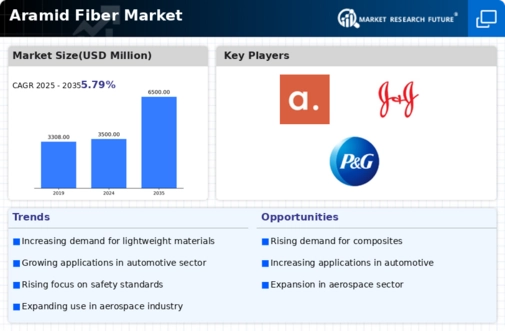
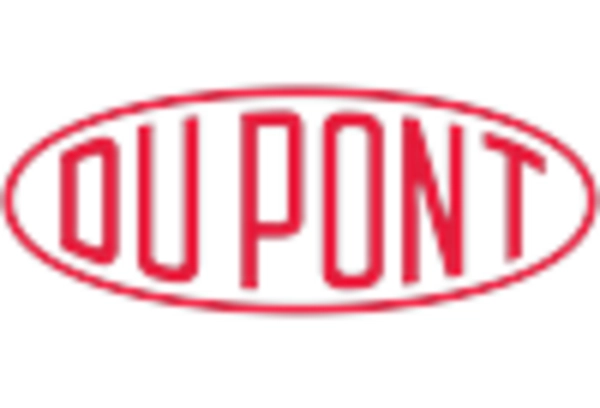
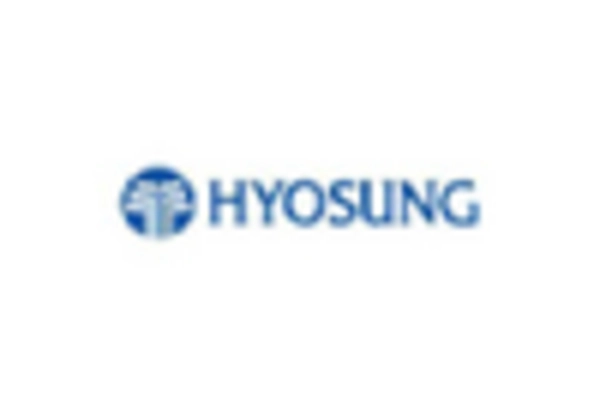
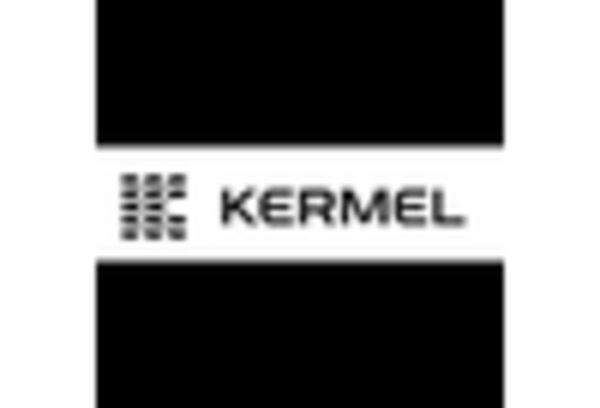
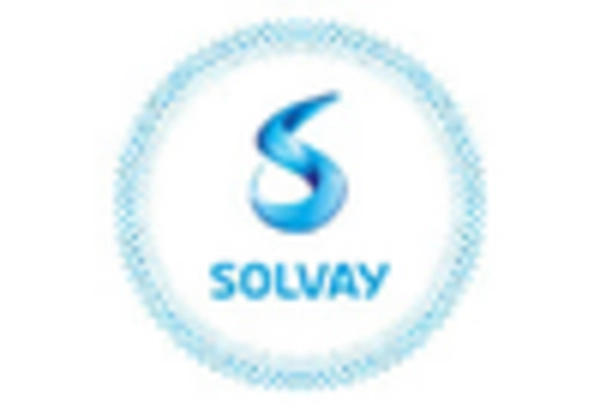
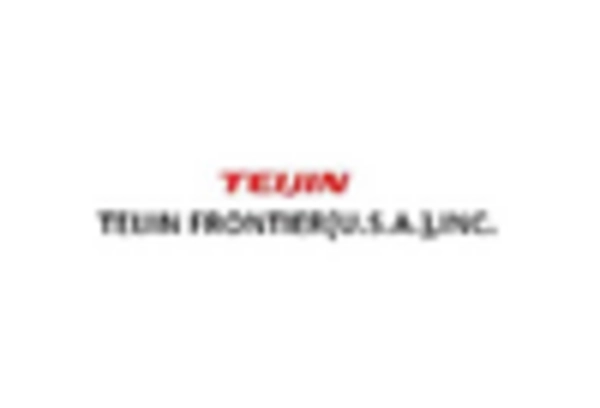
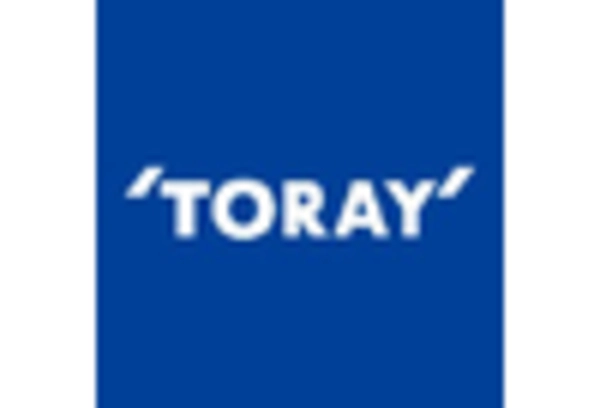








Leave a Comment